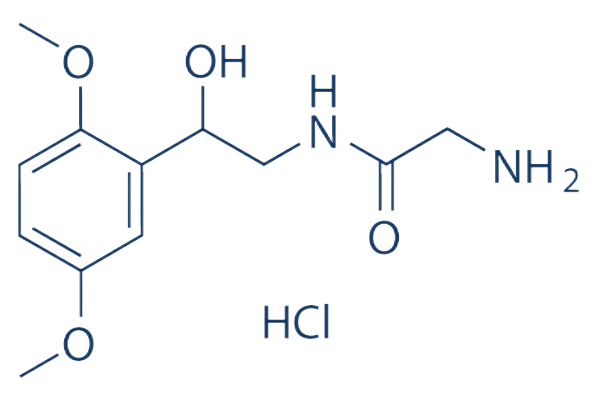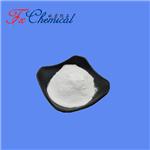Midodrine :Uses and Adverse effects
Introduction of Midodrine
Midodrine is a selective a1-adrenergic receptor agonist pro-drug, It works by tightening blood vessels, which increases blood pressure. It is used to treat upright hypotension. It is also thought to increase peripheral vascular tone and reduce venous stasis, thereby preventing syncope. Midodrine is used as an adjuvant to intravenous, vasopressor medications in adult vasolysis.

Uses of Midodrine
A study of midodrine in the prevention of syncope
Ward et al. 10 included 16 patients (31% male) with a mean age of 56 ± 18 years, a median of four syncopal events in the month preceding enrolment (range: 2–8), and reproducible syncope on HUT with nitroglycerine. Patients were randomized to receive 5 mg of midodrine tid or matching placebo for 1 month prior to 70 HUT with sublingual nitroglycerine, and a 7-day washout phase be tween treatment periods.10 In this study, midodrine significantly reduced the risk of HUT-induced syncope [RR = 0.43 (0.22, 0.83)].
Liu et al. 14 and Qingyou et al. 15 were both open-label, parallel-group trials performed in paediatric populations that reported the occurrence of syncope during both HUT testing and extended clinical follow-up. Liu et al. 14 included 33 patients in the control group and 15 patients in the midodrine group (44% male overall) with a mean age of 11 ± 3 years and unexplained recurrent syncope. Patients assigned to the control group received conventional nonpharmacological therapy, while the midodrine group was administered an initial dose of 1.25 mg bid, titrated up to 2.5 mg bid given treatment efficacy within the first 2 weeks of the 9 ± 2 month follow-up period.14 The HUT-induced syncope with treatment was assessed at 4 weeks using an unspecified HUT test protocol.14 Midodrine was not found to reduce the risk of HUT-induced syncope at 4 weeks [RR = 0.39 (0.13, 1.13)], but did significantly reduce the risk of clinical syncope [RR = 0.24 (0.06, 0.92)].
Midodrine significantly prevents Vasovagal syncope(VVS) in controlled settings, but its efficacy is much more modest in clinical settings. Even so, midodrine is the only medical therapy for recurrent VVS that is successful with this level of evidence. The large difference in estimates of effectiveness is mirrored by the degree of blinding and limitation of HUT testing in predicting the true patient response to pharmacological therapies.
Effect of midodrine on the prognosis for recovery from shock in adults
Midodrine has been increasingly used to facilitate expedited discontinuation of IV vasopressor infusions with the intention of reducing a patient's ICU LOS and potential adverse effects from stimulation of b-1 receptors.3-10 However, this analysis found ICU LOS was similar between groups regardless of midodrine use. This finding may have resulted from selection bias regarding patients who received midodrine. The addition of midodrine in resolving shock had no effect on ICU or hospital LOS.
Adverse effects of Midodrine
Midodrine is a reasonably well-tolerated drug in patients without contraindications to its use. The most frequent adverse effect across all studies was supine hypertension, and to a lesser degree, nausea, skin rash, and chills. There were no reports of significant sleep disturbances.
References:
[1] LUCY Y LEI Robert S S; Satish R Raj. Midodrine for the prevention of vasovagal syncope: a systematic review and meta-analysis.[J]. Europace, 2022, 24 7: 1171-1178. DOI:10.1093/europace/euab323.
[2] DRAYTON A HAMMOND. Midodrine as an Adjuvant to Intravenous Vasopressor Agents in Adults With Resolving Shock: Systematic Review and Meta-Analysis.[J]. Journal of Intensive Care Medicine, 2020, 35 11: 1209-1215. DOI:10.1177/0885066619843279.
You may like
Lastest Price from Midodrine hydrochloride manufacturers

US $0.00-0.00/KG2025-05-16
- CAS:
- 3092-17-9
- Min. Order:
- 1KG
- Purity:
- 98.0%
- Supply Ability:
- 10000KGS

US $0.00/KG2025-04-21
- CAS:
- 3092-17-9
- Min. Order:
- 1KG
- Purity:
- 98%min
- Supply Ability:
- 30tons/month


